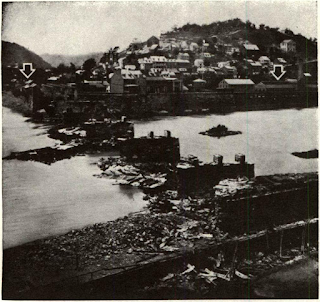In the event of attack on this arsenal, the commander
“Finding my position untenable, shortly after 10
15.000 stand of arms, and burned the armory building
The arsenal was beyond hope of saving. Though the
above, and with a crash the second floor cascading
At the manufactory were two lines, for producing
Jubilant Maryland troops took 17,000 gun stocks
On May 7, , Colonel T. J. (Stonewall) Jackson
“Finding my position untenable, shortly after 10
15.000 stand of arms, and burned the armory building
The arsenal was beyond hope of saving. Though the
above, and with a crash the second floor cascading
At the manufactory were two lines, for producing
Jubilant Maryland troops took 17,000 gun stocks
On May 7, , Colonel T. J. (Stonewall) Jackson

Comments
Post a Comment